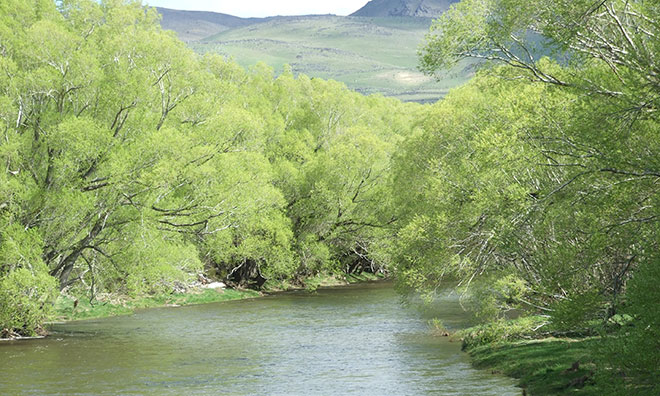The drivers for climate change on weeds are no different to other plants.
These are:
- Increased temperatures
- Changed rainfall
- Increasing CO2 levels
- More extreme weather
- More frequent frosts
- Changed phenology (timing of plant growth and reproduction)
- Land use change (from human adaptation)

Credits: Willow trees, Source: South Coast NRM, Photographer: Matthew Kennewell
Click on the points below to know more about some of these drivers. For further information on the likely effects of these climate change drivers on weeds, you can download the Weeds and Climate Change Technical Guide (PDF).
Find out more
Open allClose allThere are two main ways:
- The rate of response of invasive plants to climate change is expected to be faster
- Climate change is likely to favour the appearance of a new set of weed species.
The risks of weed invasions from the effects of current extreme weather events are expected to be similar to the risks due to climate change. Adaptation responses to reduce the future impact of weeds may therefore be just as appropriate to use under today’s climate as under future climates.
Land use change as part of human adaptation to climate change will bring with it a new set of weeds.
